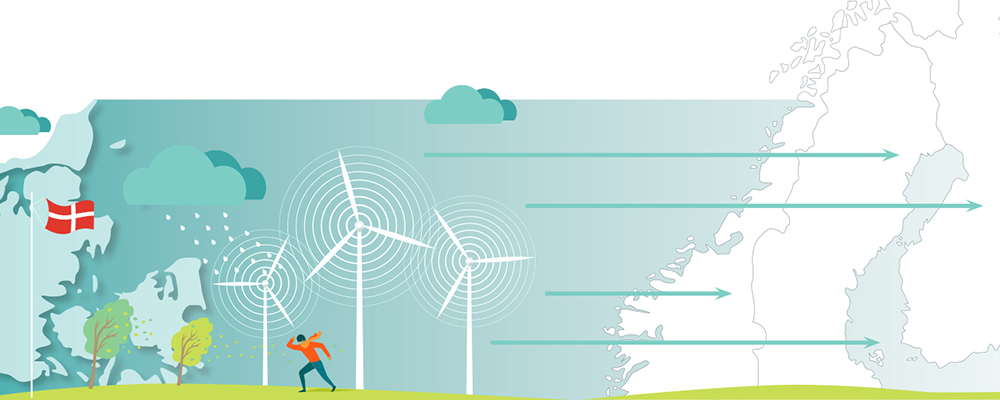The European Commission regulation (EU) establishing a guideline on capacity allocation and congestion management requires regionally coordinated calculations of transmission capacity. Accord-ing to a decision by the Nordic regulatory authorities, calculations related to transmission in the Nordic countries must be made using the Flow based calculation method. At present, this method is due to be used alongside the existing Net Transmission Capacity (NTC) model for one year beginning in spring 2021. The purpose of the parallel calculation period is to ensure that the new calculation method is at least as effective as the existing NTC method.
“The Flow based method for calculating transmissions will first be introduced on the day-ahead market. Later, we plan to introduce it on the intra-day market and for forward capacity allocation,” says Timo Kaukonen, Planning Manager at Fingrid.
Few restrictions to electricity transmission
While both calculation methods are used in parallel, the results of the flow based calculations will be compared with the result of the existing method to analyse the benefits that can be realised. It is still only possible to talk about the advantages of Flow based calculation in general terms because implementation is still underway, and there are not yet any fully reliable results. Flow based calculation takes more effective account of the constraints set by critical network elements on trades between regions, and it is more effective than the existing calculation method in this regard.
“The new method simultaneously takes into consideration electricity transmissions between different regions and allocates transmission capacity on meshed networks between bidding zones where it can have the greatest economic benefit,” says Kaukonen.
The Flow based calculation is a complex method in which the transparency of the system’s calculation data in relation to the safety requirements guiding the operations of transmission system operators is still seeking its ultimate form. In addition it is still necessary to examine how Flow based calculation on the day-ahead market will affect the functioning of intraday markets.
“On the electricity market, transmission conventionally flows from cheaper to more expensive market areas. Under Flow based calculation, it is possible for a situation to arise in which the direction of flow is reversed i.e. non-intuitive. This could be caused if the highest economic benefit requiring a lot of transmission capacity is realised elsewhere,” Kaukonen states.
Simulation data is needed to underpin work
Matias Kinnunen, Head of Energy Market Analysis at forestry company UPM, and Jyri Salpakari, Data Scientist at the same company, say that Flow based calculation will give rise to substantial changes in the electricity market. However, the lack of data is putting the brakes on preparations.
“In the Nordic countries, hydro power plays a major role, and the electricity thereby generated can fluctuate significantly from year to year, as well as within each year. For this reason, there is a greater need for simulation data here than in areas such as Central Europe,” Salpakari says.
Furthermore, with regard to the publication of critical network elements, conflicts have emerged with national legislation in different Nordic countries. Stakeholders are concerned that the published information is not useful if it cannot be combined with a network topology.
Flow based calculation may affect the forecasting of prices, as it is difficult to model non-intuitive flows – from expensive areas to cheaper areas. Increasing the uncertainty leads to the risk of market participants dropping out of the market.
“The necessity and benefits of Flow based calculation need to be demonstrated as transparently as possible. For us, it is important that market information is transparent, accurate, clear and available to market participants as soon as possible,” emphasises Kinnunen.







